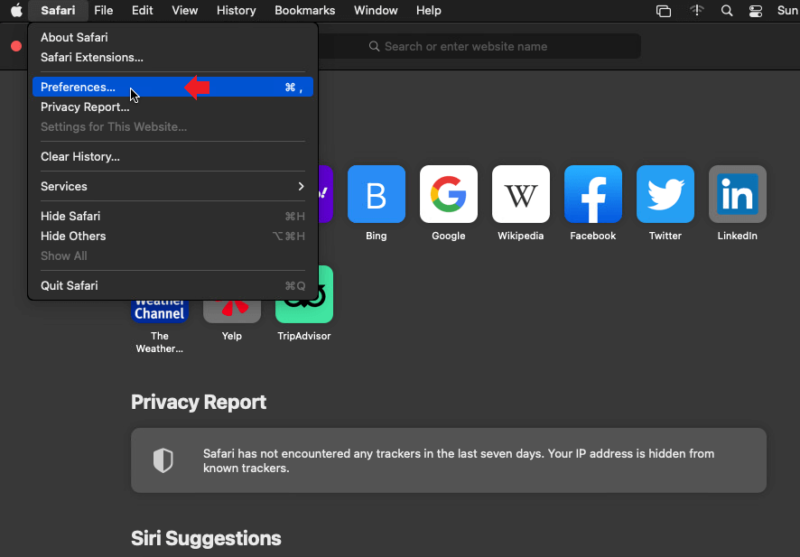How to Find Passwords on Mac in 2025: Access Mac Passwords in iCloud Keychain
Since iOS 15 and macOS Monterey, Apple has included a password management feature that synchronizes with your iCloud account. Read on to learn how to find passwords on Mac, store sensitive data, autofill usernames and passwords, and stay secure with Apple’s embedded Keychain.
Apple maintains a strong emphasis on security, continually beefing up its operating systems with secure software features. In this article, we’ll look at its password storage feature called iCloud Keychain.
We’ll explain how it works, how to find passwords on Mac and whether it’s worth using Apple’s password management capabilities.
Key Takeaways:
- The iCloud Keychain is free and embedded in the macOS system for great ease of use
- An iCloud account is required to use the automated sharing features of iCloud Keychain
- You can’t use the iCloud Keychain to enable two-factor authentication for non-Apple sites
To start, there are two easy methods for accessing your iCloud Keychain. You can find saved passwords from system preferences or by using your Safari browser. Before you start, make sure to enable your iCloud account if you haven’t already — saved passwords won’t sync over an internet connection unless you’re logged in.
In this article, we won’t explain finding passwords with third-party software, such as web browsers or password managers. Visit our review on password managers for Mac for steps to use those tools.
How to Find Passwords on Mac with System Preferences
The macOS Keychain Access app is embedded in your system preferences. Use these steps to use it to view saved passwords.
- Open System Preferences
All macOS core settings can be tweaked in the “system preferences” menu, which is also where you’ll find your saved passwords. To start, click your Apple menu bar and click “system preferences.”
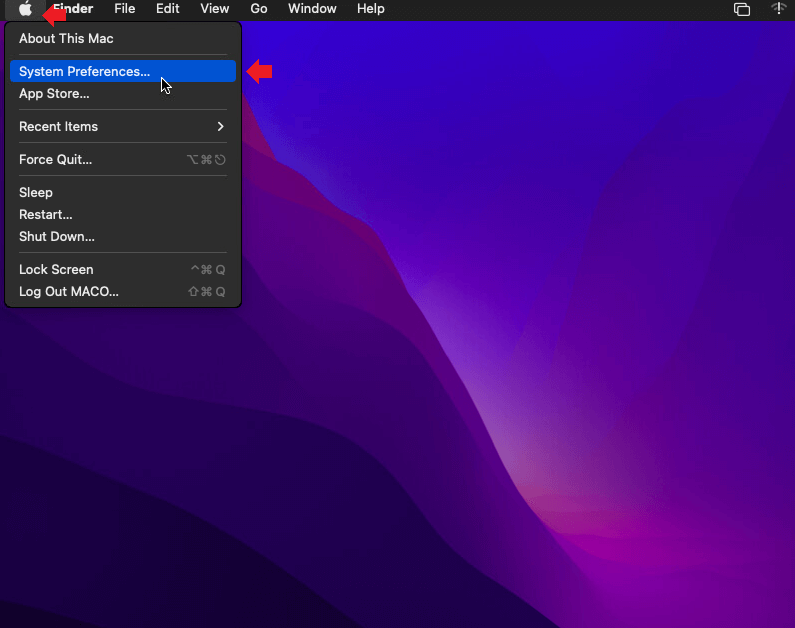
- Click the Key Icon
About halfway down the “system preferences” page, look for a key icon labeled “passwords.” Click it to open and manage your saved passwords. If you aren’t signed in to iCloud, you’ll have to use Safari to view saved credentials from other devices. The macOS system keychain won’t sync with your iCloud Keychain if you aren’t logged in.
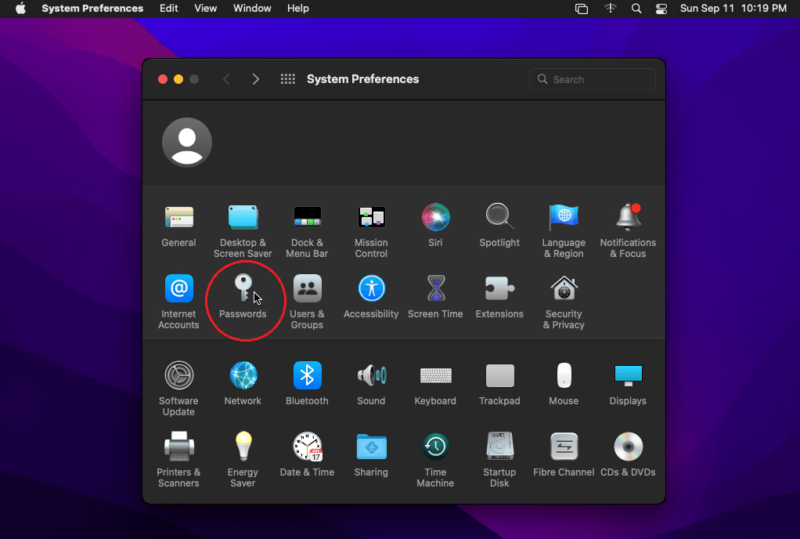
- Sign in With Your Admin Password
Next, you’ll be asked to sign in with your Mac user password — this keeps your sensitive data secure. All of your passwords and usernames will show once you get keychain access. Enter your account ID and password, use biometrics, or log in with an Apple Watch.
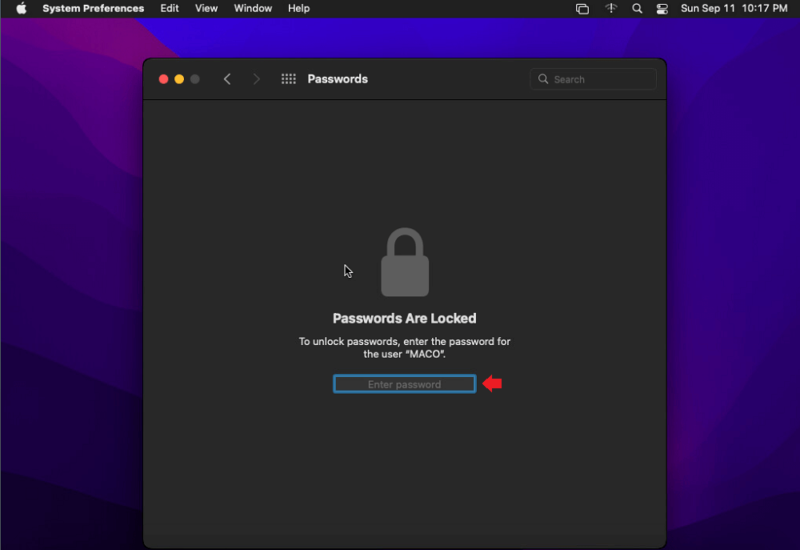
- Select the Website to Edit
A new window will open that has a list of websites and credentials. As a neat feature, keychain places an exclamation point next to reused passwords. When enabled, both the local and iCloud keychains will also show compromised passwords. Select a website to view its details.
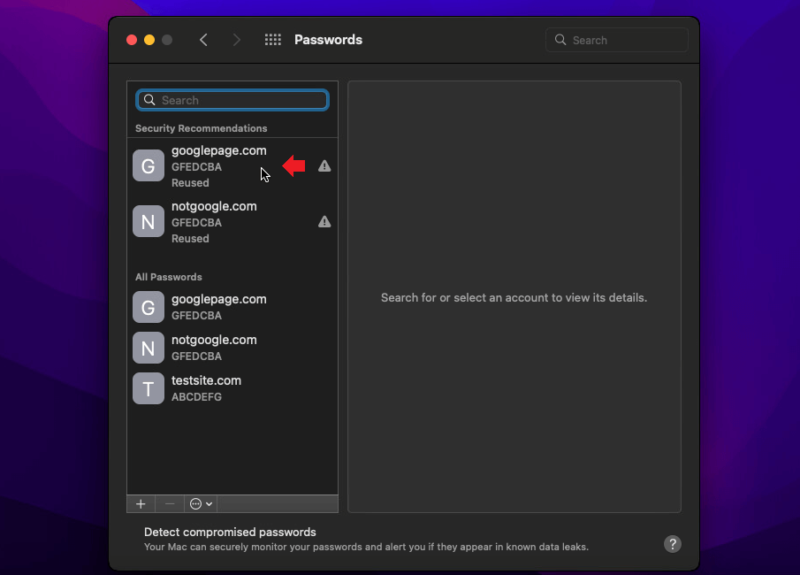
- View, Edit and Save Your Password
At first, you’ll only see masking dots for passwords on your Mac. Click the “edit” button to change or view a saved password. Making a change here only changes the stored passwords. You’ll still need to change your password on the relevant site. Click “save” and your changes will be safely stored in the keychain.
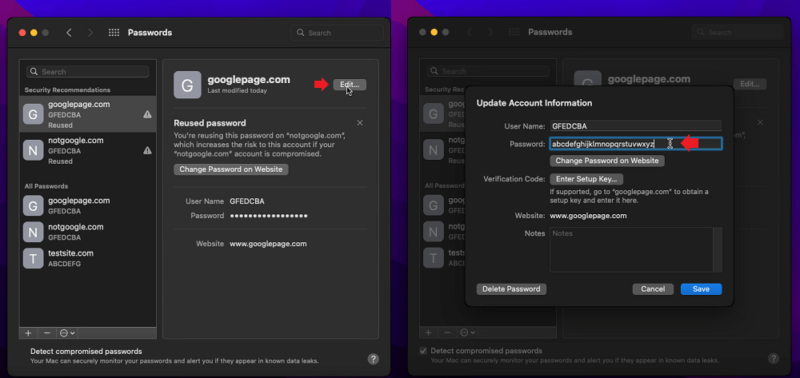
How to Find Saved Passwords on Mac with Safari
With Safari, you can still find your passwords if you don’t have iCloud or the macOS keychain enabled. This is handy if you’re away from home, on your phone or just borrowing someone’s computer.
- Open the Safari Browser
Whether on your computer or phone, open the Safari browser. You can’t use this feature on other browsers like Google Chrome or Microsoft Edge.
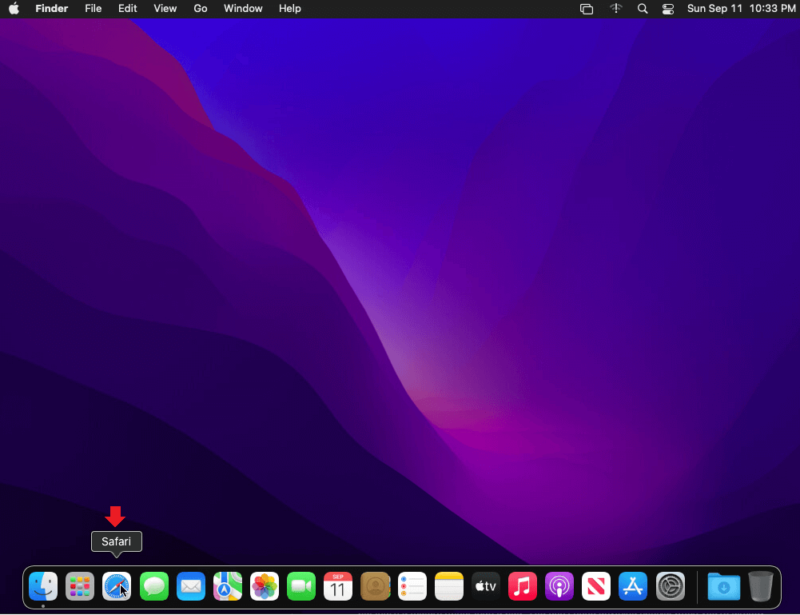
- Sign in to Your Account
In the next pop-up menu, click the “passwords” key icon. Whether on your own computer or not, input your admin password to get keychain access. This makes sure it’s really you and keeps your credentials secure. Sign in with biometrics, use your username and password, or log in with an Apple Watch.
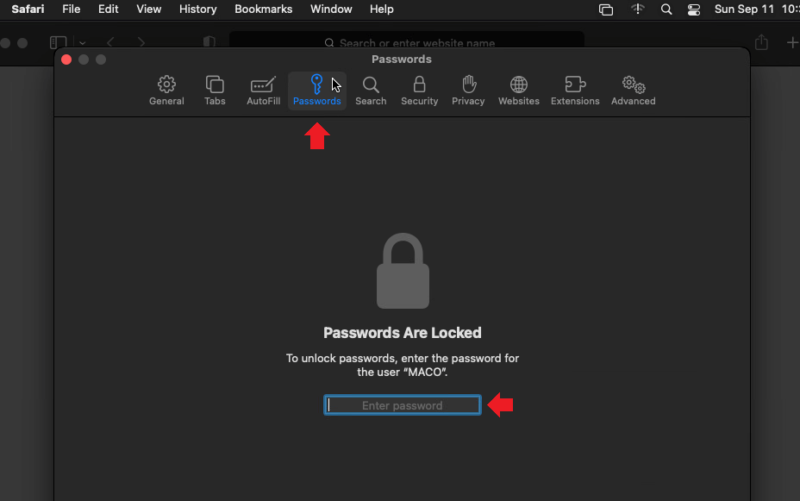
- Choose the Site to View or Edit
You’ll get a list of sites with all your saved passwords, just like in the “system preferences” menu. This includes saved credentials for all sites you’ve visited. Click a site for the password you want to view or edit.
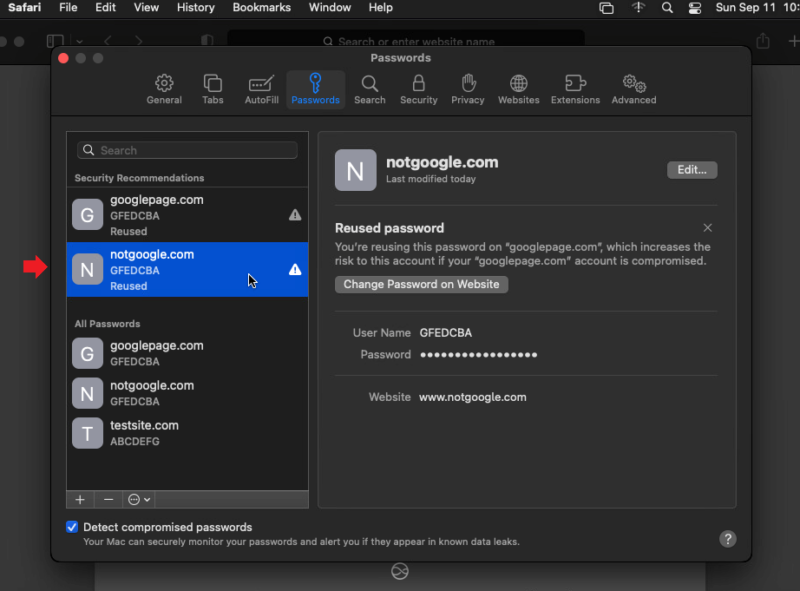
- View, Edit and Save Your Password
Only masking dots will show when the website details pop up. Click the “edit” button to make changes or view the unmasked password. After you’re done editing, click “save” to store the change. Make sure to also change passwords on the relevant site. You can also get to this menu by saying, “Hey Siri, show my passwords.”
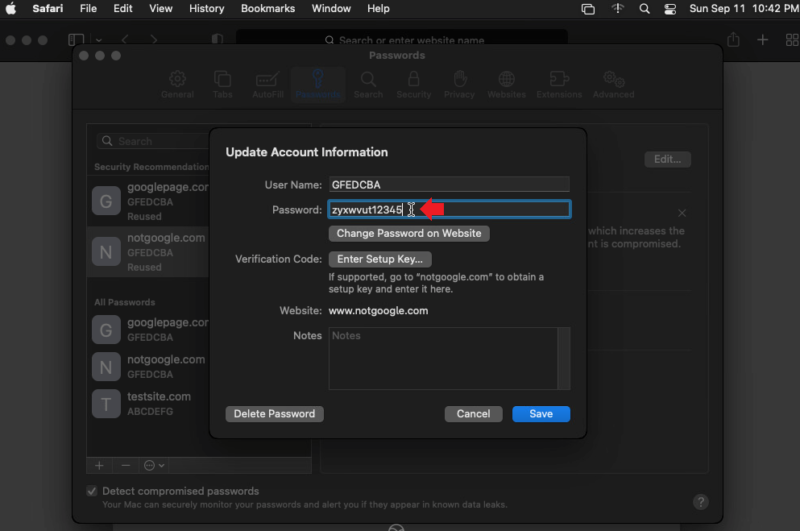
Is iCloud Keychain the Best Password Manager for macOS?
In a lot of ways, iCloud Keychain is a streamlined and well-built embedded feature for password management. You don’t have to install another app, you don’t have to pay for an additional service and the data follows you to any Apple device.
However, the macOS keychain system is also very basic. It’s missing fancier features that are well-implemented by services like 1Password or LastPass. As examples, you won’t see a family vault, and there’s no way to integrate multi-factor authentication for non-Apple accounts.
For a solid Apple device password manager, we recommend Dashlane (see our Dashlane review).
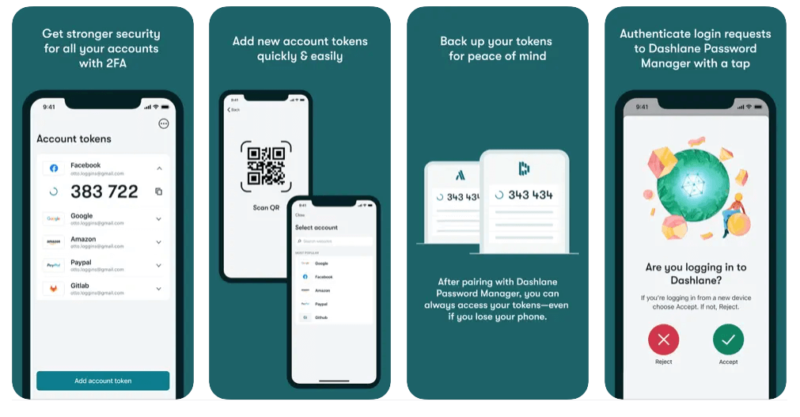
Nonetheless, it’s worthwhile to give iCloud Keychain a try. Yes, it’s incredibly simple, but that’s a feature rather than a bug. You don’t need new apps or a browser extension when you’re using the macOS ecosystem.
Your vault is already protected by Apple’s cloud encryption, and you can save and share that data with other Apple users through AirDrop.
Final Thoughts: Mac User Password Management
Apple devices have always been a tightly-knit ecosystem of apps designed to work well together. The iCloud Keychain fits this pattern by integrating into the macOS menus and apps. You get the benefits of a secure cloud storage credential vault without paying extra money or setting up new accounts.
To use iCloud Keychain, enable iCloud on your system by logging in to the service.
After that, find your passwords through Apple’s system preferences or by logging in through Safari. Don’t forget that you can also log in to iCloud and share passwords to your contacts with AirDrop. Of course, you can always export passwords to one of our better-rated password managers.
We hope you know more about finding Mac passwords.
For other Mac questions, please leave a comment, so we can write to fit your needs. We’re also interested in your opinions on the iCloud Keychain. Do you use it with your Mac? If not, what pushed you away from the service? Otherwise, thanks for reading and have a great day.
FAQ
A Mac with iCloud enabled stores the keychain in your encrypted cloud account. Passwords are stored in a local encrypted database if you don’t have the iCloud Keychain.
The iCloud Keychain is a solid password manager that provides all the basic features for a secure vault. It’s not the most robust, but it is very easy to use.



